Discover how Artificial Intelligence is transforming global logistics. Learn about AI-driven supply chain optimization, predictive analytics, smart warehouses, automation, opportunities, limitations, and the future of human-AI collaboration in logistics.
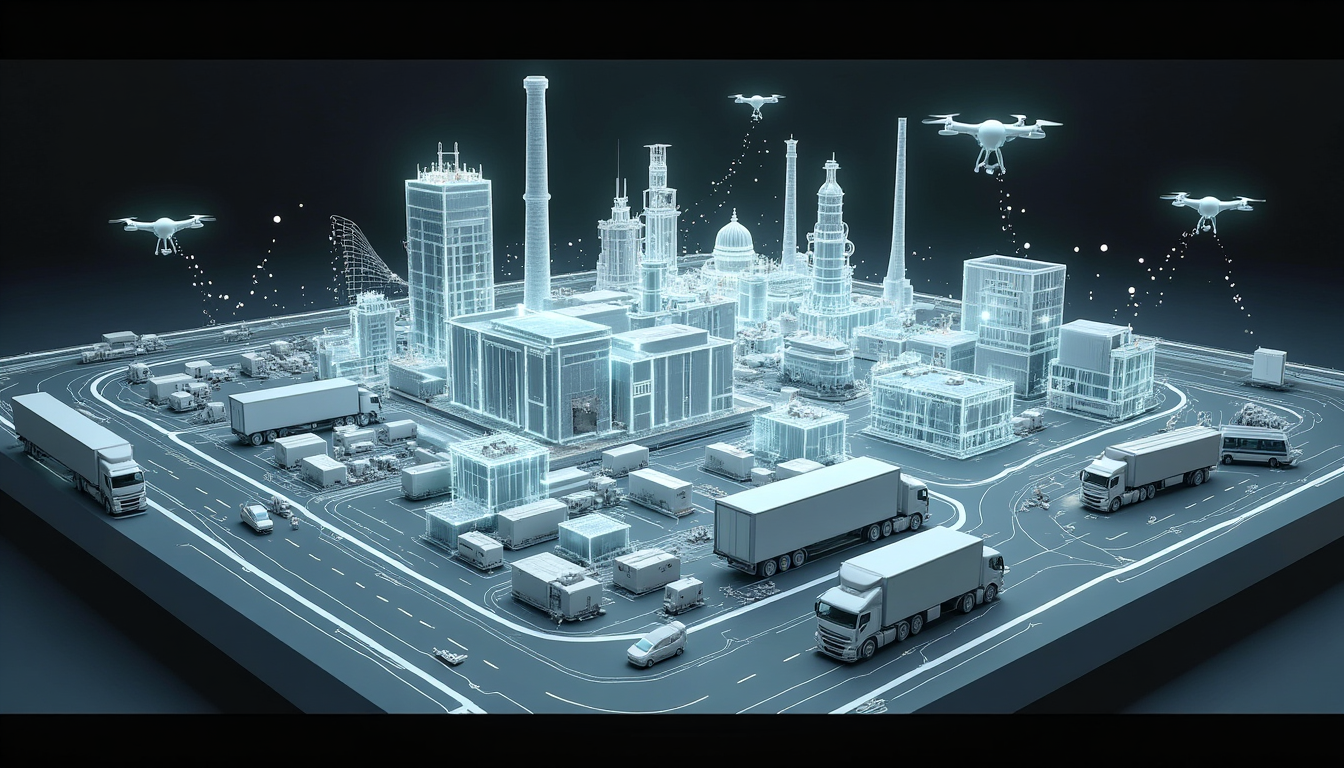
alwepo.com, The global logistics industry is experiencing a transformation unlike anything in the past century. Supply chains—once predictable, linear, and easier to manage—have grown into massive, interconnected networks stretched across continents, manufacturers, suppliers, warehouses, ports, and last-mile delivery providers. Frequent disruptions, labor shortages, market volatility, and customer expectations for instant delivery have made old systems nearly obsolete.
In this environment, many companies are turning to Artificial Intelligence (AI) as the ultimate solution. AI promises faster decisions, smarter forecasting, real-time visibility, automated warehouses, and optimized transportation. But this raises a crucial question:
Can AI really fix supply chains—or is it simply another technology buzzword?
To answer this, we must examine both what AI can do extremely well, and what it cannot fix—even with powerful algorithms and data.
This article explores the future of AI in logistics, its benefits, limitations, and long-term implications for companies worldwide.
1. Why Modern Supply Chains Break Easily
Before understanding how AI can help, it’s important to understand why supply chains struggle today. In the past decade, supply chains have become increasingly vulnerable due to factors such as:
1.1 Rising Consumer Demands
Customers now expect:
-
Same-day delivery
-
Real-time tracking
-
Rapid returns
-
24/7 availability
These expectations put tremendous pressure on logistics networks.
1.2 Dependence on Global Manufacturing
A disruption in one country—such as a factory shutdown—can impact businesses across the world.
1.3 Lack of Real-Time Visibility
Many companies still operate using:
-
Spreadsheets
-
Manual reports
-
Outdated software
-
Siloed databases
This slows decision-making.
1.4 Labor Shortages
The logistics sector faces chronic shortages in:
-
Truck drivers
-
Warehouse workers
-
Supply chain analysts
1.5 Increasing Disruptions
Events like the Suez Canal blockage, pandemics, wars, port congestion, and extreme weather have revealed how fragile supply chains truly are.
Because of these issues, companies need a smarter, faster, more responsive system—and that’s where AI enters the picture.
2. How AI Is Transforming Supply Chains Today
AI is no longer a futuristic concept. It is already embedded in logistics systems across top global companies.
Below are the real, measurable ways AI is changing logistics operations.
2.1 AI-Powered Predictive Demand Forecasting
Traditional forecasting depends heavily on historical sales data. AI enhances this by analyzing massive external datasets such as:
-
Market trends
-
Weather patterns
-
Social media behavior
-
Economic indicators
-
Competitor actions
-
Local events
This level of analysis helps logistics teams:
-
Prevent stockouts
-
Reduce overstocking
-
Improve production planning
-
Maintain ideal inventory levels
Predictive analytics is becoming one of the most valuable tools in modern supply chain planning.
2.2 Real-Time End-to-End Visibility
AI integrates data from:
-
GPS trackers
-
IoT sensors
-
RFID tags
-
Maritime signals
-
Warehousing platforms
-
Transportation management systems
This creates a single centralized dashboard showing:
-
Shipment location
-
Temperature conditions
-
Potential delays
-
ETA predictions
-
Cargo health
With real-time visibility, businesses can act instantly instead of reacting after a disruption occurs.
2.3 Warehouse Automation and Robotics
Warehouses are becoming smarter through:
-
Autonomous mobile robots (AMRs)
-
Robotic picking systems
-
AI-powered inventory scanning drones
-
Automated sorting machines
-
Computer vision for inventory checks
These tools reduce human error, increase picking accuracy, and boost productivity, especially for e-commerce operations.
2.4 Intelligent Transportation and Route Optimization
AI improves transportation efficiency by analyzing:
-
Traffic conditions
-
Fuel consumption
-
Weather forecasts
-
Delivery windows
-
Vehicle health
AI-generated routes help reduce:
-
Fuel usage
-
Delivery delays
-
Driver fatigue
-
Shipping costs
Companies like UPS and FedEx already use AI route optimization to save millions annually.
2.5 Smart Procurement and Supplier Management
AI evaluates:
-
Supplier reliability
-
Lead times
-
Market prices
-
Risk levels
-
Contract performance
It can also predict material shortages or price increases before they happen, helping companies secure inventory earlier and manage risk proactively.
3. The Future of AI in Logistics: What’s Coming Next
Looking ahead, the logistics sector will see innovations that were once considered science fiction. Here are the key advancements expected to shape the next decade.
3.1 Fully Autonomous Warehouses
Future warehouses may operate with almost no human involvement. AI will coordinate:
-
Robots for picking
-
Automated forklifts
-
Conveyor systems
-
Smart shelves
-
Automated quality checks
This results in:
-
Faster processing
-
Higher throughput
-
Lower labor costs
-
Nearly zero human error
3.2 Self-Healing Supply Chains
Imagine a supply chain that automatically adjusts itself when something goes wrong.
AI will be able to:
-
Detect risks instantly
-
Reroute shipments
-
Reassign transport modes
-
Recommend alternative suppliers
-
Allocate inventory strategically
This transforms supply chains from fragile networks into resilient ecosystems.
3.3 AI-Driven Sustainability
Sustainability will be one of AI’s most impactful contributions. AI can help companies:
-
Reduce carbon emissions
-
Optimize fuel
-
Improve truck load utilization
-
Minimize waste through better packaging
-
Lower energy use in warehouses
Many companies will rely on AI to meet global environmental regulations.
3.4 Hyper-Personalized Last-Mile Delivery
AI may offer next-level delivery customization:
-
Predicting when customers are home
-
Choosing the best delivery time
-
Suggesting pickup lockers
-
Offering drone delivery options
-
Reducing failed deliveries
Personalized logistics enhances customer satisfaction and reduces operational waste.
4. Limitations: What AI Cannot Fix
Despite its enormous potential, AI has certain limitations that companies must understand.
4.1 Poor Data Quality
AI depends on clean, accurate data. Many companies struggle with:
-
Outdated databases
-
Manual entry errors
-
Siloed systems
-
Inconsistent data formats
This makes it difficult for AI to deliver reliable predictions.
4.2 High Implementation Cost
Integrating AI can require large investments in:
-
Sensors
-
Robotics
-
Software
-
Cloud systems
-
Data scientists
-
IT infrastructure
This may pose challenges for small and mid-sized businesses.
4.3 Cybersecurity Threats
As supply chains become more connected, they also become more vulnerable to:
-
Data breaches
-
Hacking
-
Ransomware attacks
-
System manipulation
Cybersecurity must evolve alongside AI adoption.
4.4 Regulatory and Legal Issues
Autonomous trucks, drones, AI-based decisions, and automated inspections raise legal questions about:
-
Liability
-
Safety
-
Worker rights
-
Privacy
Regulations are often behind technological progress.
4.5 Over-Reliance on Algorithms
AI is fast and accurate—but not perfect. Overdependence on automation may lead to:
-
Ignoring human judgment
-
Blind trust in algorithms
-
Unnoticed errors
-
Poor decisions during unseen scenarios
Human oversight will always be necessary.
5. Real-World Examples of AI Success in Logistics
Amazon
Amazon uses AI to:
-
Predict what customers will buy
-
Pre-position inventory
-
Coordinate robots in fulfillment centers
-
Optimize last-mile delivery
UPS
Their ORION route optimization system saves:
-
Millions of miles annually
-
Huge fuel costs
-
Significant CO₂ emissions
Maersk
Maersk uses AI for:
-
Predictive vessel routing
-
Port congestion analysis
-
Global logistics planning
These examples demonstrate the power of AI when integrated properly.
6. Human + AI: The New Era of Logistics
The future is not “AI replacing humans.”
The future is humans enhanced by AI.
Humans will provide:
-
Strategic thinking
-
Creativity
-
Ethical judgment
-
Relationship management
-
Crisis decision-making
AI will provide:
-
Speed
-
Data analysis
-
Automation
-
Pattern recognition
-
Real-time insights
This human-AI partnership will define the next generation of supply chains.
7. Can AI Really Fix Supply Chains?
The honest answer:
Yes — AI can fix many major supply chain problems.
It can improve:
-
Efficiency
-
Forecasting
-
Visibility
-
Speed
-
Cost control
-
Sustainability
But no — AI cannot fix everything.
It cannot prevent:
-
Global political conflicts
-
Climate disasters
-
Infrastructure failures
-
Economic downturns
However, AI can significantly reduce the impact of these disruptions.
AI won’t create perfect supply chains—but it will create far better, smarter, and more resilient ones.
Conclusion
AI is reshaping the logistics industry, offering unmatched capabilities in forecasting, automation, visibility, and optimization. While it cannot solve every challenge, it provides powerful tools to build stronger and more adaptive supply chains.
The future belongs to companies that embrace AI early, invest in digital transformation, and balance automation with human expertise.
AI is not a magic cure—but it is the most powerful supply chain tool ever created.

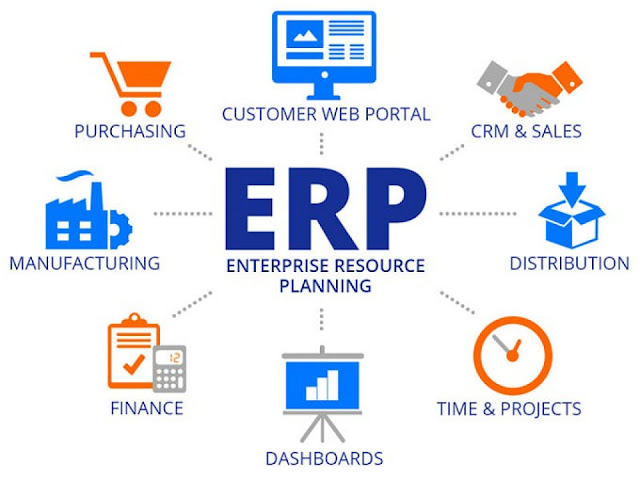
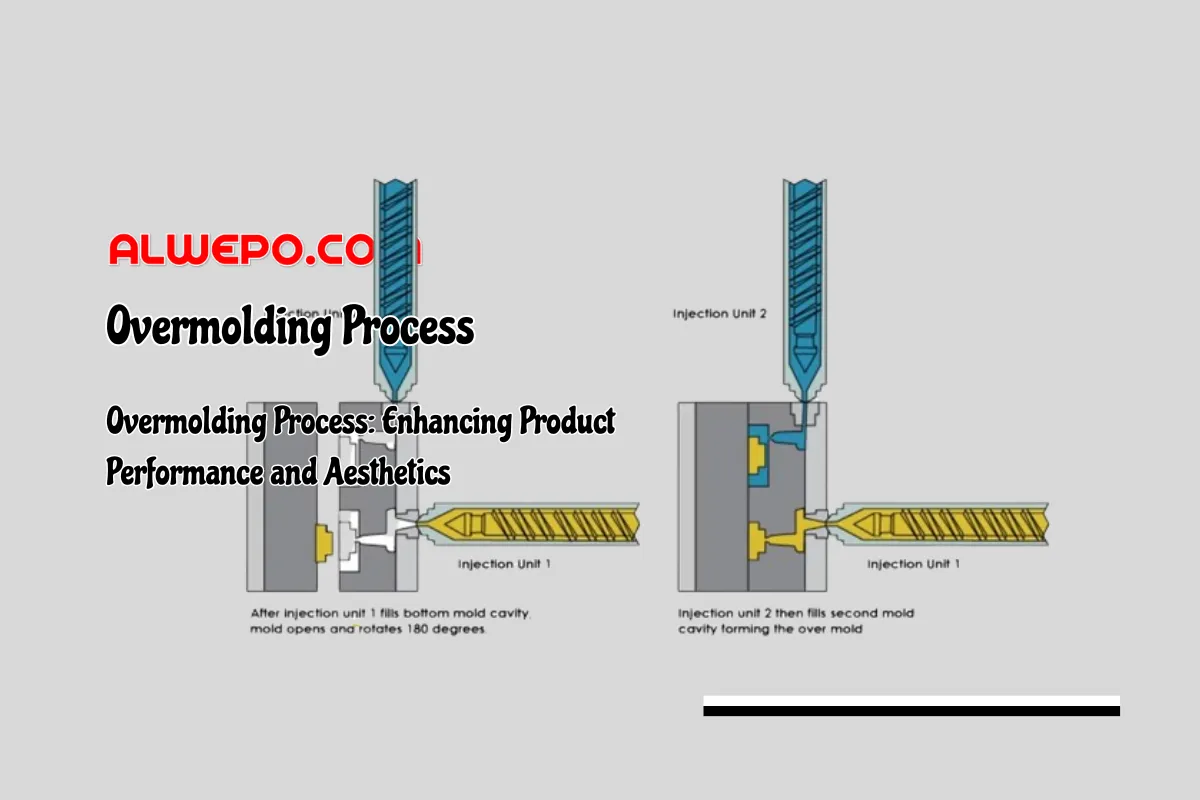
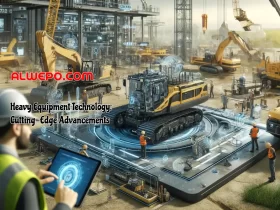
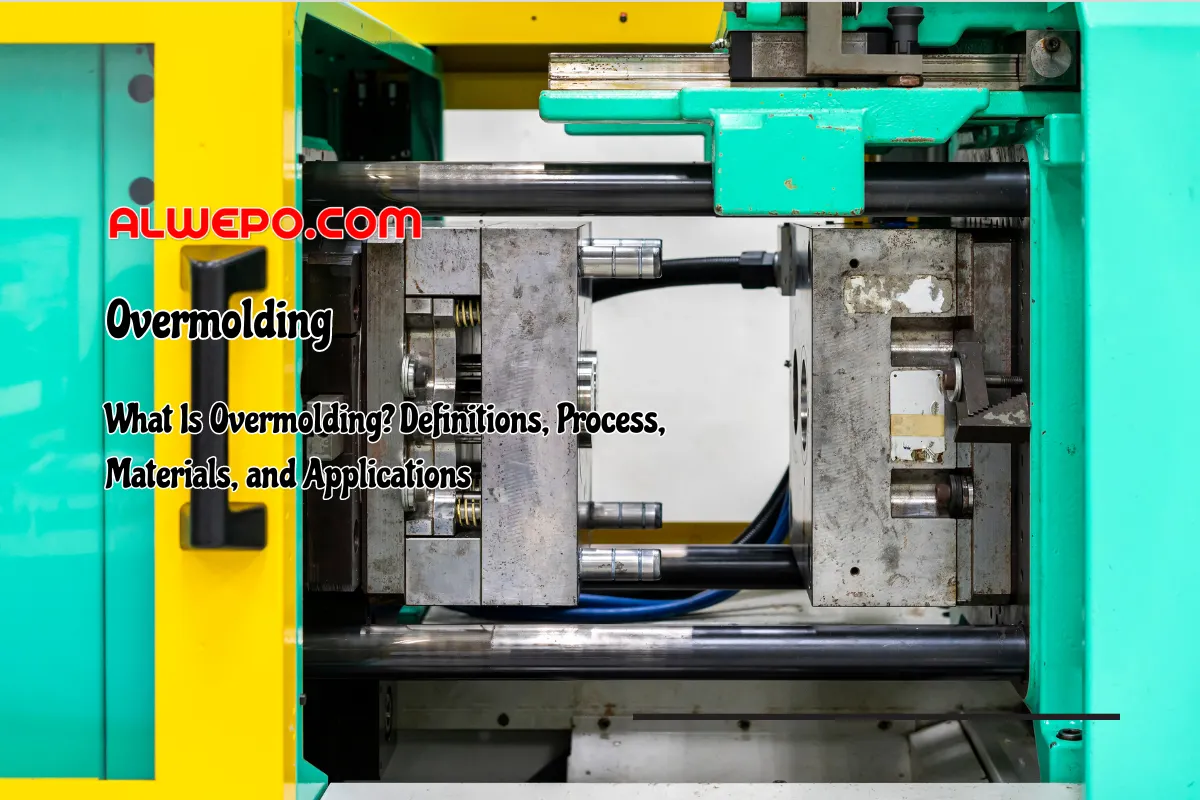



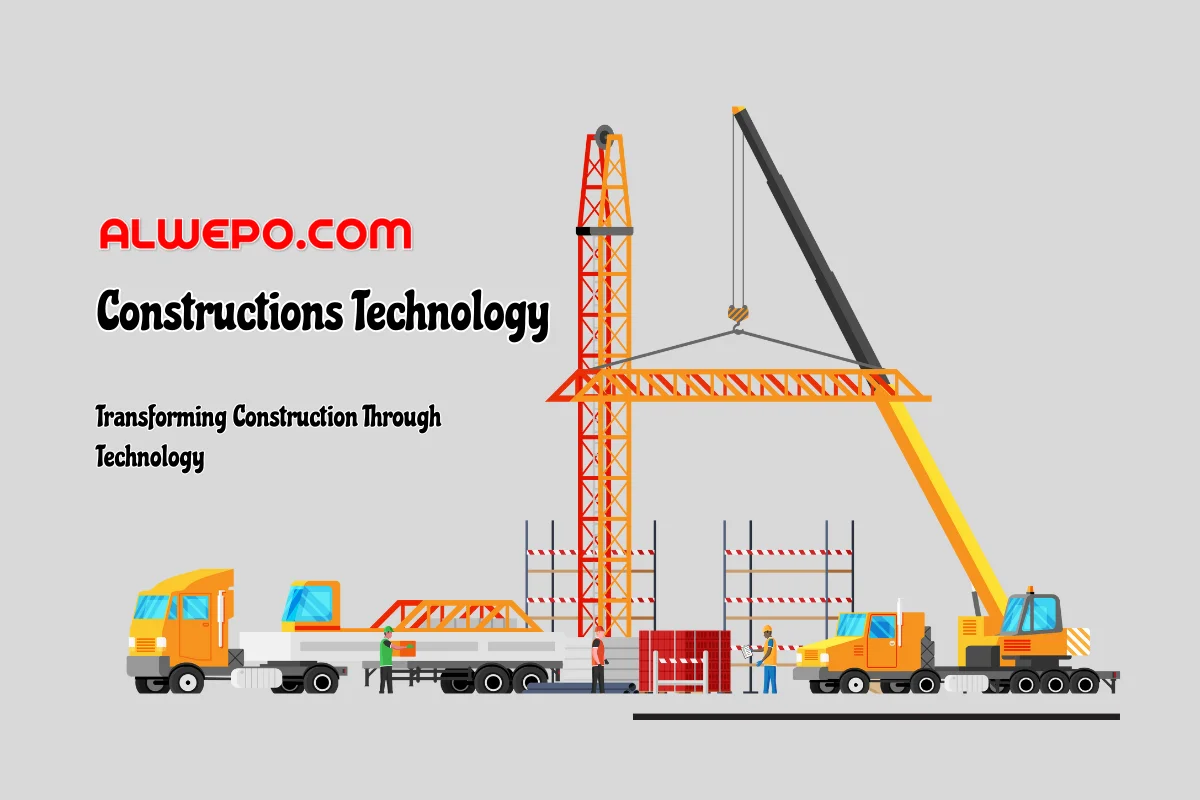
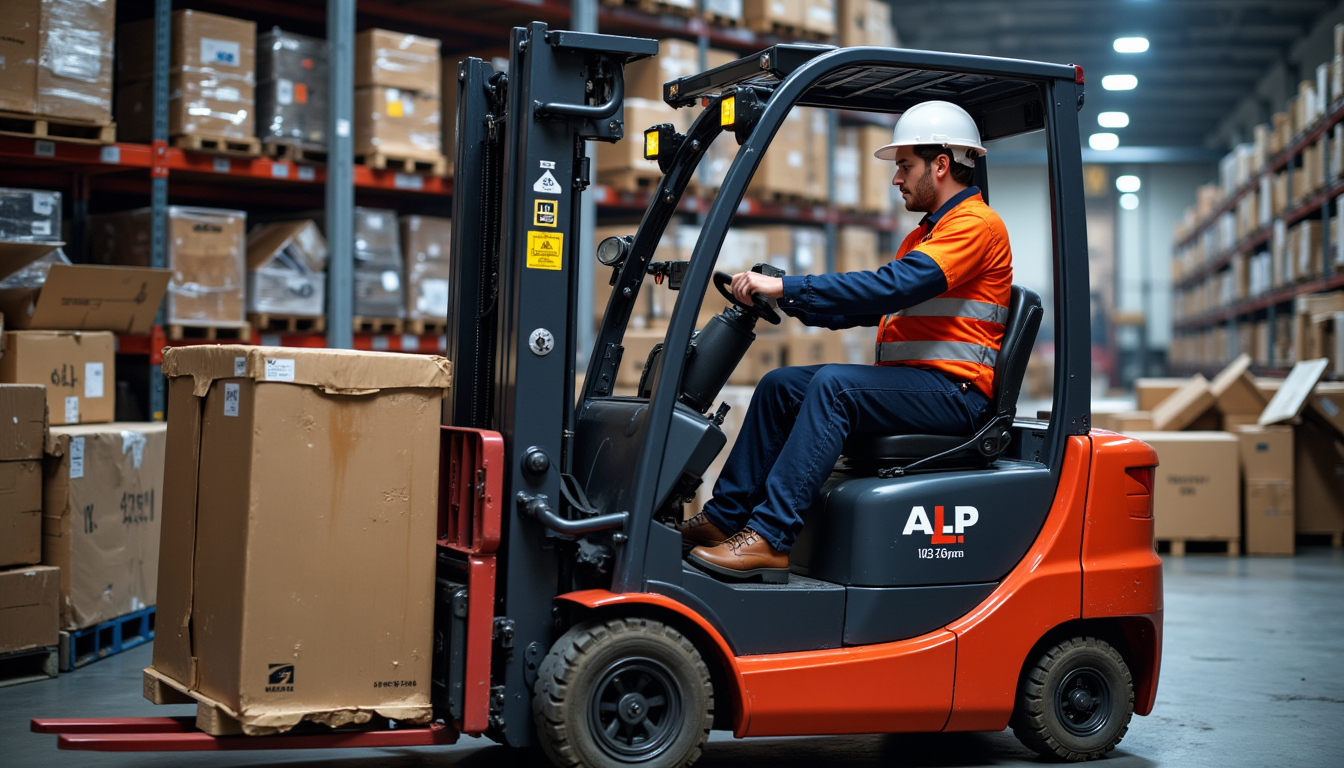

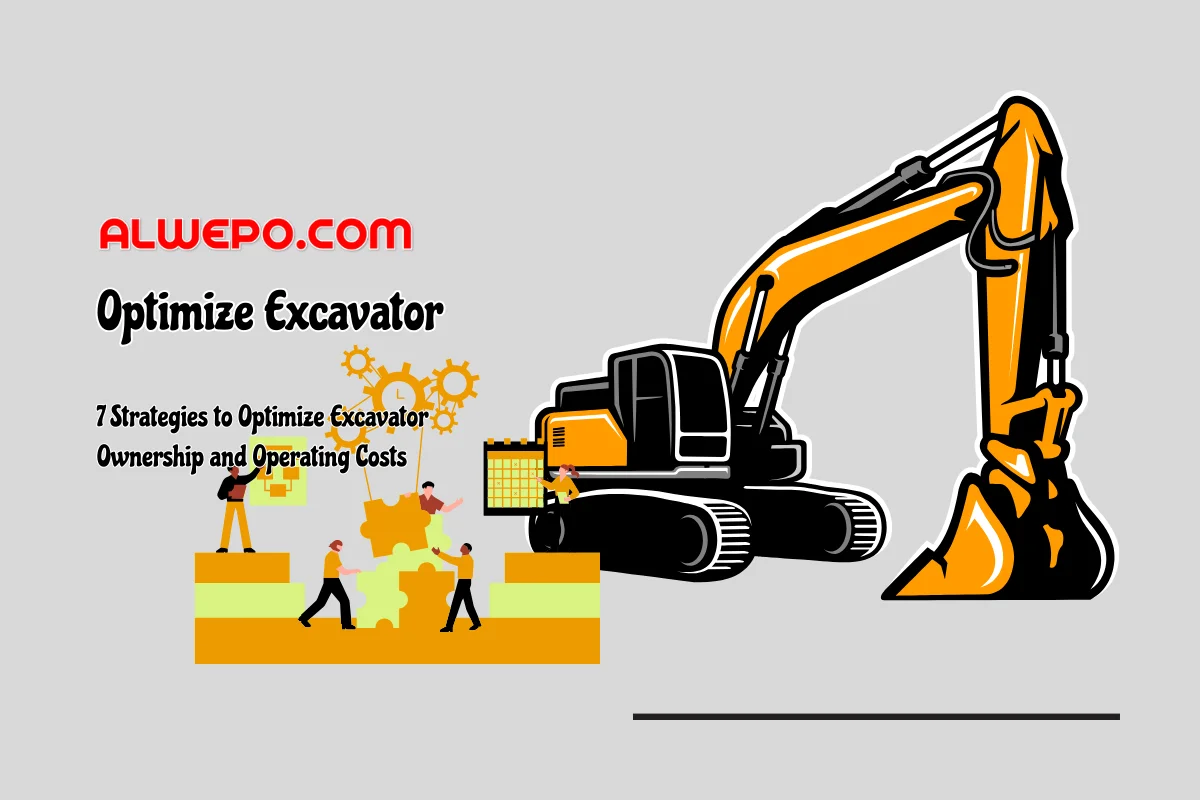



Leave a Reply
View Comments